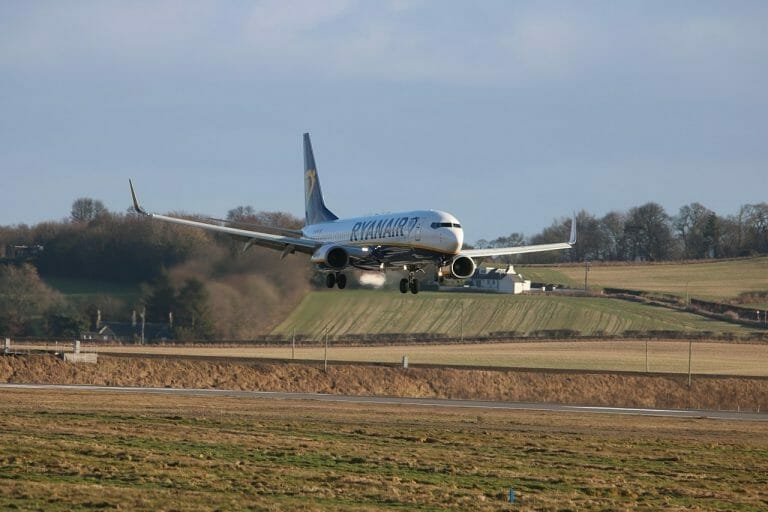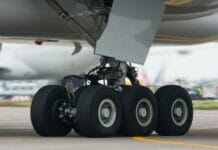Most travellers have experienced this feeling. The entire flight goes smoothly, but at the very end, the plane touches down so roughly that some think they have experienced a crash landing. A hard landing can be caused by many different factors, but sometimes it is a conscious decision by the pilot.
Let’s be clear – we’re not talking about accidents or such harsh landings that the plane needs repairs afterwards. Just slightly rough touchdowns that scare some of the less experienced travellers.
Weather is one of the common causes of hard landings. A strong gust of wind can shake a plane out of shape. In addition, crosswinds force pilots to adjust their approach. Gusty winds in general make it difficult to accurately predict how the plane will react to the pilot’s inputs. If the wind suddenly changes or a sudden gust occurs, the plane may land harder than the pilot or passengers would have wanted.

Many travellers notice that planes of low-cost airlines tend to land harder. Often it’s just a self-fulfilling prophecy – you only notice the hard landing because you expect it. However, it can also be due to less experienced pilots. Low-cost airlines often employ young pilots because, generally speaking, they tend to be cheaper.
As mentioned above, a hard landing can sometimes be intentional. When there is a huge puddle of water on the runway, it is recommended to press the plane down slightly harder than usual. Plane’s the tyres can then effectively displace the standing water, making a big splash and avoiding aquaplaning (a situation where water wedges between the tyre and the asphalt).
A rough landing is usually caused by weather conditions, less often by minor pilot errors or mechanical failures. Normally, hard landings do absolutely no harm to the plane or its passengers – aircraft are tough and can withstand even very hard contact without damage. On the other hand, an aircraft may require a technical inspection after a particularly hard landing.
For instance, in 2015, the asphalt of Melbourne Airport was kissed by a Malaysia Airlines Airbus A330 so hard that the landing gear had to be replaced. The investigation found that pilots made some errors judging conditions of a windy day. In 2012 in Tokyo, an All Nippon Airways Boeing 767 with 193 passengers landed so roughly that the plane’s fuselage was severely bent.
A super hard landing can result in serious injuries to passengers and crew members, especially if the seat belts are not properly tightened or there are hard and heavy objects not secured in the cabin. But those situations are very rare. Usually when people complain about a hard landing it wasn’t that hard or dangerous at all.




